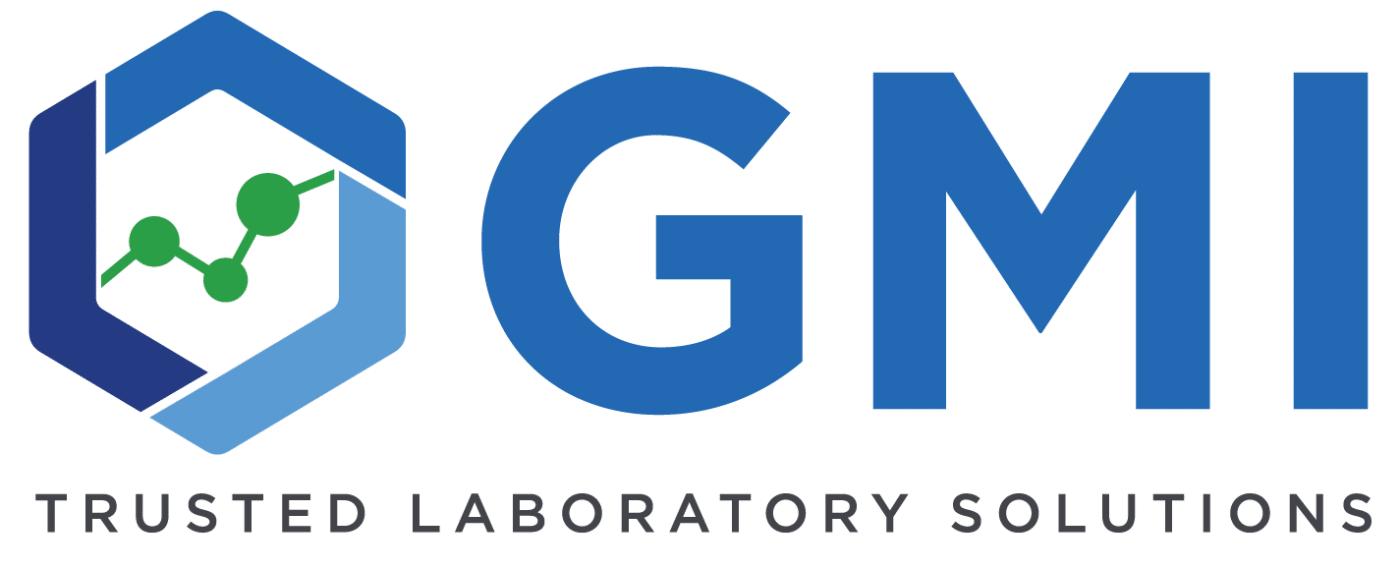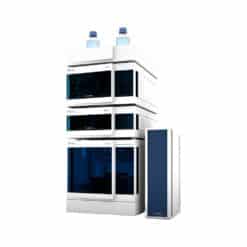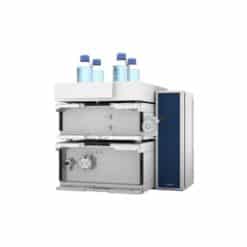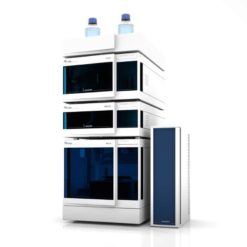No products in the cart.
HPLC, KNAUER, New Laboratory Equipment
HPLC is a Reliable Technique for the Extraction and Purification of the Sweetener Xylitol
Xylitol is widely used in the food industry as an alternative sweetener; it has a similar sweetness to sucrose, with only two-thirds of the calories. This five-carbon sugar is found in many plants, but mostly in low concentrations (around 1%) and so is expensive to extract and purify. Therefore, to date, xylitol has been predominantly produced through a chemical process, using catalytic xylose dehydrogenation.
Introducing HPLC in Xylose Conversion
An attractive, alternative method is to convert the xylose in a biomass (e.g. wheat straw) to xylitol through fermentation. With this process, the sweetener can be produced in high yields under mild conditions (atmospheric pressure and ambient temperature) with no hazardous chemicals.
Once the microorganisms have synthesized the desired xylitol, it might be extracted and purified by high performance liquid chromatography (HPLC). HPLC is a fast, accurate, and highly reproducible technique that can be used for both qualitative and quantitative analysis. Furthermore, once a HPLC method has been optimized for a particular substance, the process becomes largely automated, reducing time and cost.
In order to optimize a HPLC process, the different components of the HPLC system (pump, valves, column, and detector) should be carefully considered. The HPLC pump is responsible for driving a solution of the sample through the chromatograph at a flow rate (mL/min) that gives the best separation of the different components in the sample.
Valves are ubiquitous in HPLC applications and the use of multi-position valves are ideal for the extraction and purification process of xylitol as it allows only the specific fraction containing this sugar to be collected.
The HPLC column (the stationary phase) is the site of separation of components in the sample solution (the mobile phase). The components will interact with the stationary phase to differing extents, causing them to elute at different times and allowing specific extraction and purification of target substances. There are a wide range of HPLC columns available with varying physical and chemical parameters to enable efficient separation for a plethora of substances.
A variety of detection methods can be used in HPLC: Ultraviolet, electrochemical, evaporative light-scattering (ELS), and reflective index (RI). As xylitol lacks any chromophores, the most suitable HPLC detectors for this purpose are ELS (only for analytic) or RI.
Recently, scientists at KNAUER optimized the purification of xylitol in a batch process using the AZURA sugar HPLC purification system consisting of an assistant AZURA ASM 2.1L with a 12 port multi position valve and 50 mL pump. A Eurokat Ca 150 × 20 mm column with 25–56 μm particles and a AZURA RID 2.1L RI detector was used.
With this HPLC setup, the team achieved >99% recovery of xylitol from its fermentation mash, with a purity of >99 %. A reduction in elution time and an increase the injection volume in comparison to previous protocols was also accomplished, demonstrating the efficient and accurate purification of xylitol that can be achieved by HPLC.





